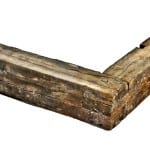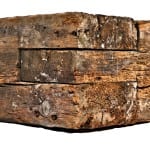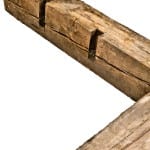revisiting 19th century residential studs and sill plates harvested from workers cottages across chicago
This entry was posted on May 15 2022 by Eric

in my studio one night recently, i was photographing the latest collection of bottles, chinaware and other debris unearthed from sites along grand avenue, just west of downtown chicago. i was utterly burned out, troubling over moving forward, so i quickly switched gears to set the dug remnants aside and scan the towering pallet racks where i keep all the building materials i've harvested from 19th century chicago workers cottages.
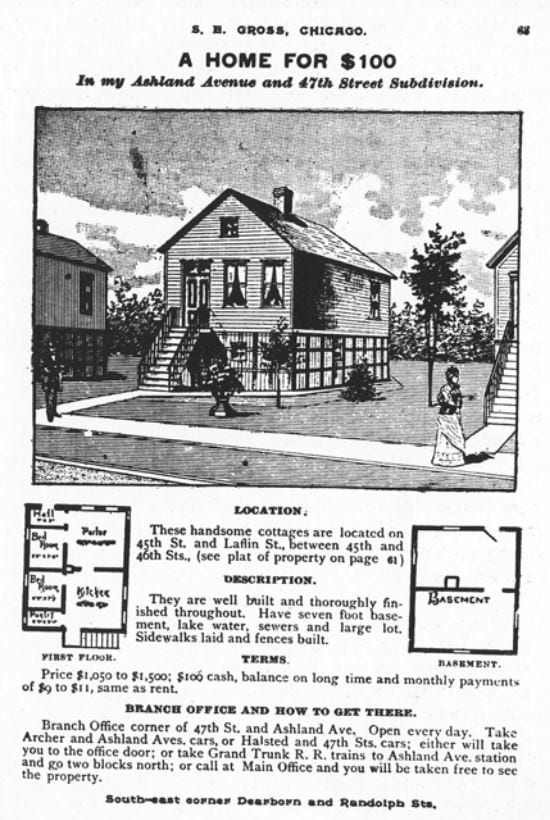
despite the fact that "deconstructing chicago" won't be published for quite some time, i decided to photograph two of the biggest pieces i've recovered thus far. the first consists of two large pine wood sill plates that were interlocked at the corner of the house with mortise and tenon joints and reinforced with a single tapered and faceted wood peg or "treenail."
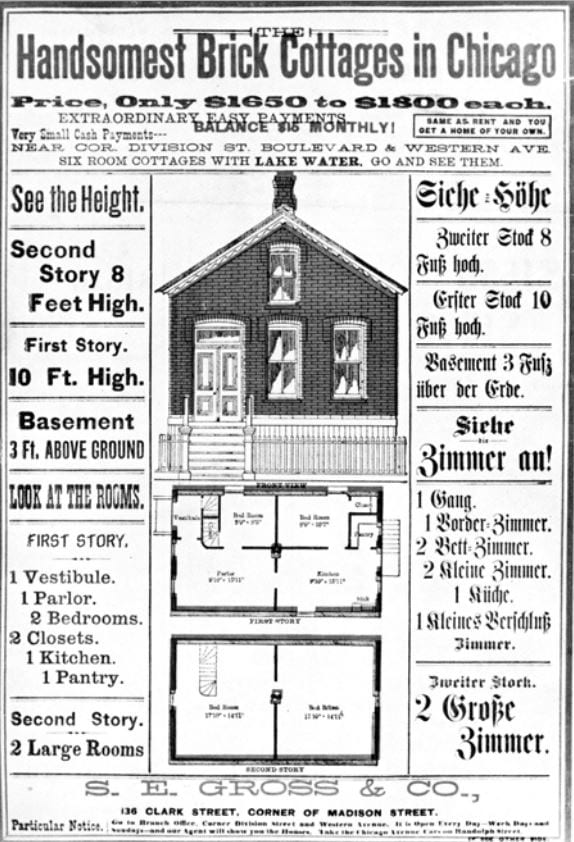
the second gargantuan piece was in the shape of a "t", a heavily notched summer beam fastened to a sill plate with the mortise and tenon held together by yet another wood peg. the former artifact was salvaged from a house constructed in 1898, with the latter from a cottage built shortly after the great chicago fire of 1871. both pieces were not altered in any way, and in fact, came directly from the job site to the shop.
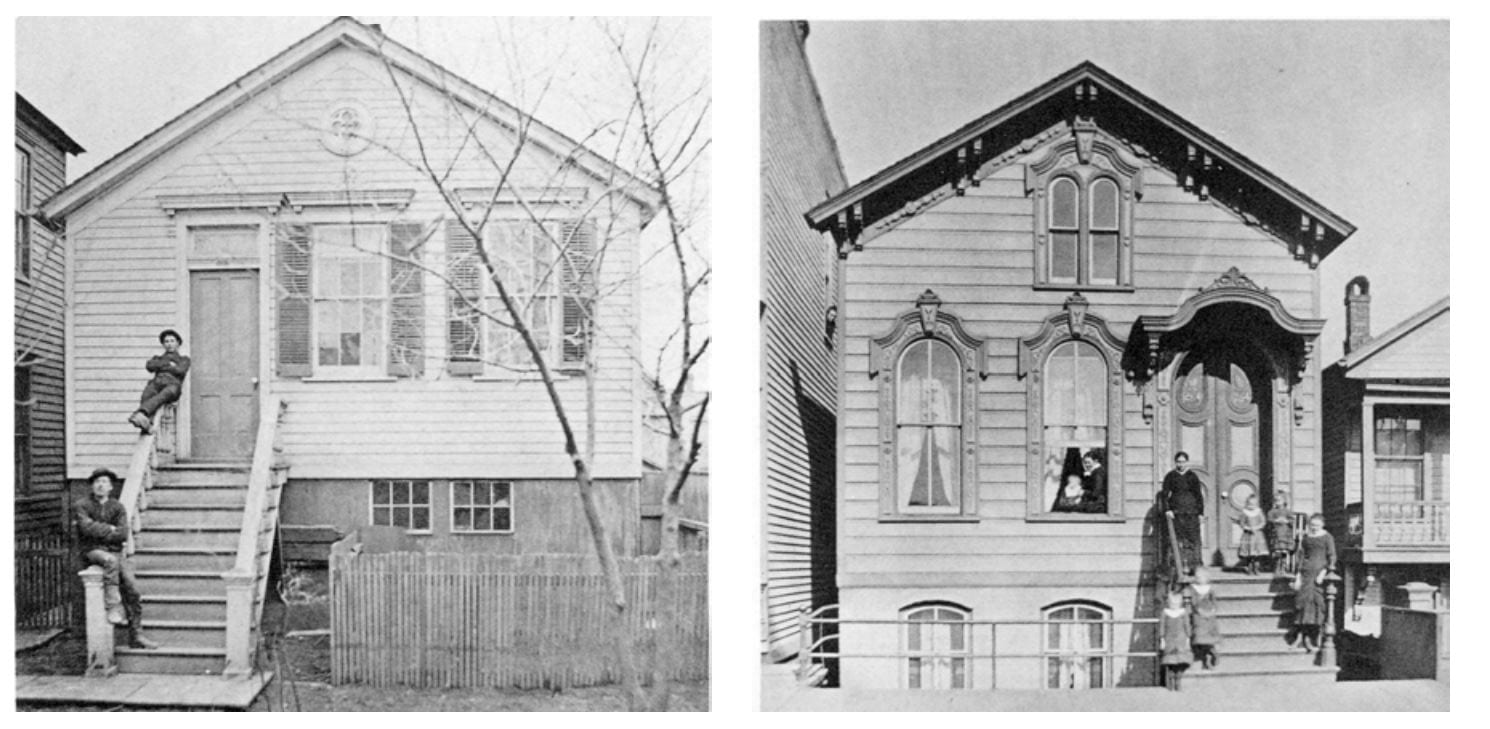
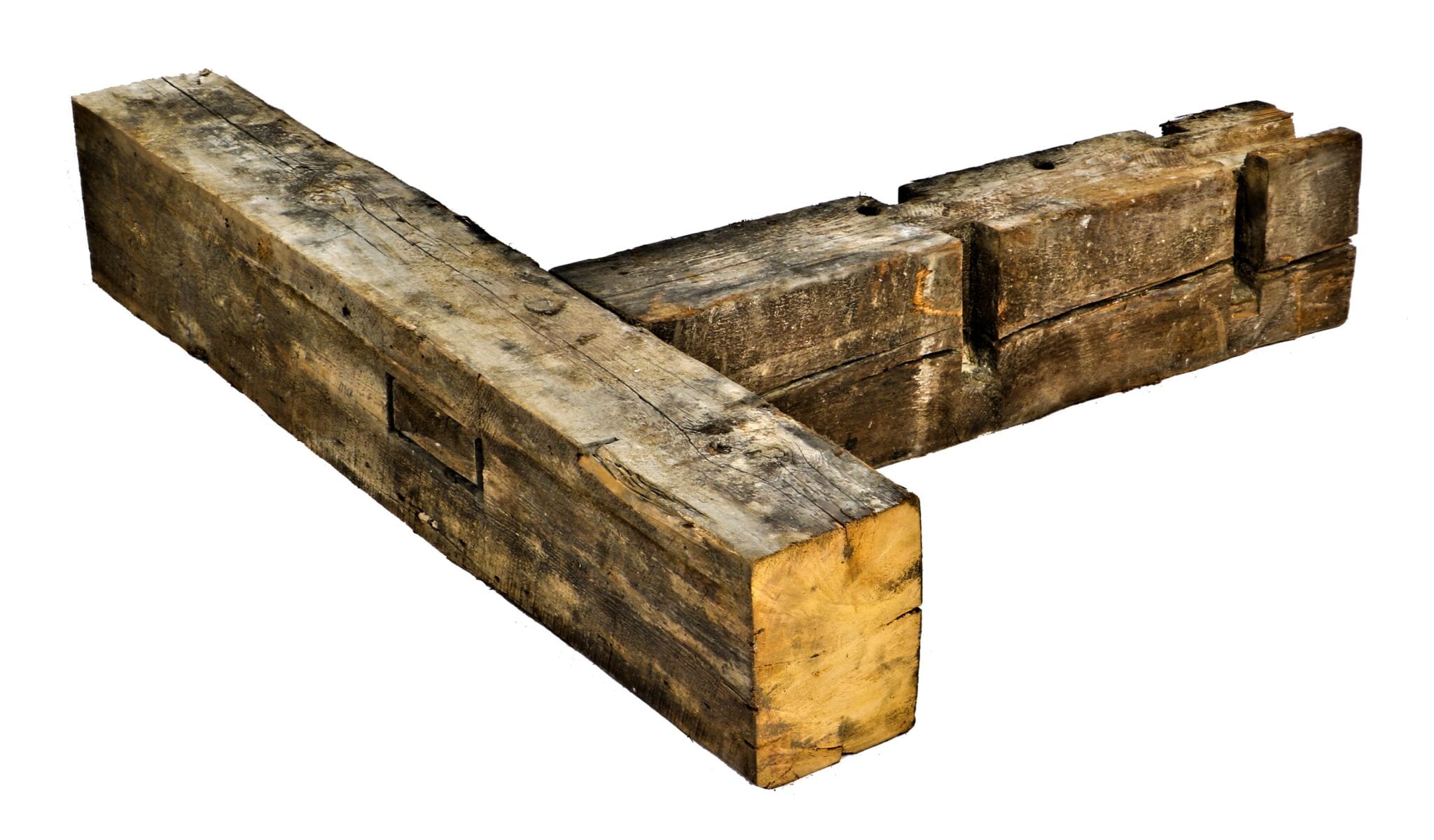
after documenting both pieces, i thought it would be interesting to take every stud sample, collected from the wave of demolitions earlier this year of 19th century worker cottages (spanning from 1850 to 1910), and photograph them side by side. reviewing the images post-shoot, i managed to tease out some patterns, even considering differences in age and location within the city.
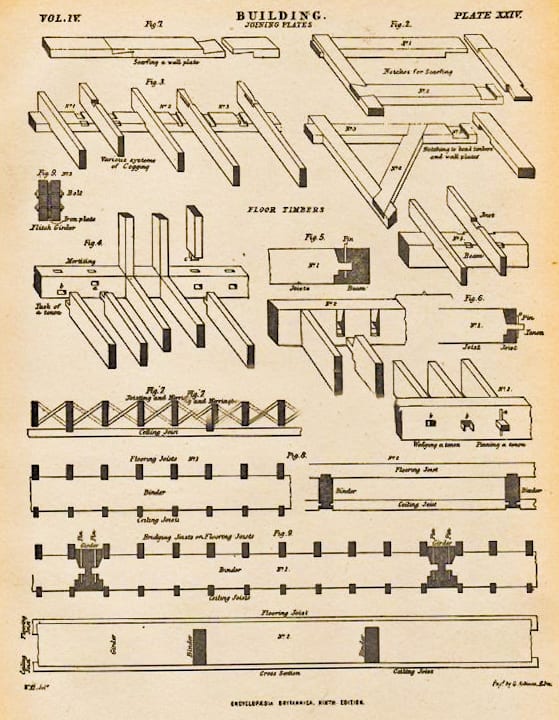


off the top of my head, nearly all the samples were comprised of pine, with the earlier stud sections being white pine (likely from wisconsin or michigan). the saw markings did not vary much. these were either circular or up/down. a few pieces were hewn, but clearly those were few and far between. the dimensional aspect of the studs were mostly 2 x 4 inches, but every single one varied slightly. a few houses dating to the 1850's contained very rough-sawn 3 x 4 inch studs, which are nearly identical to the ones i examined at the clarke house (the oldest house in chicago, with the first phase beginning in 1836 and the second and final phase ending in 1855).
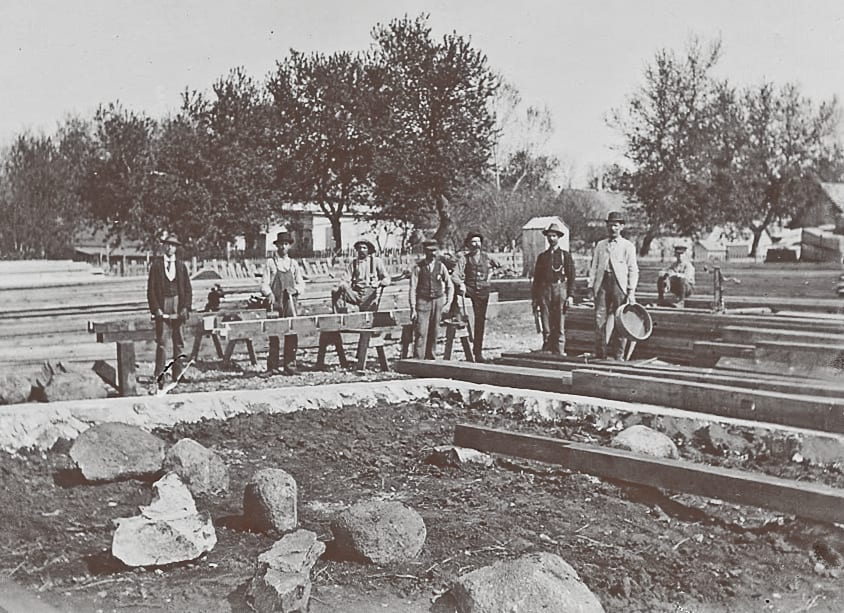
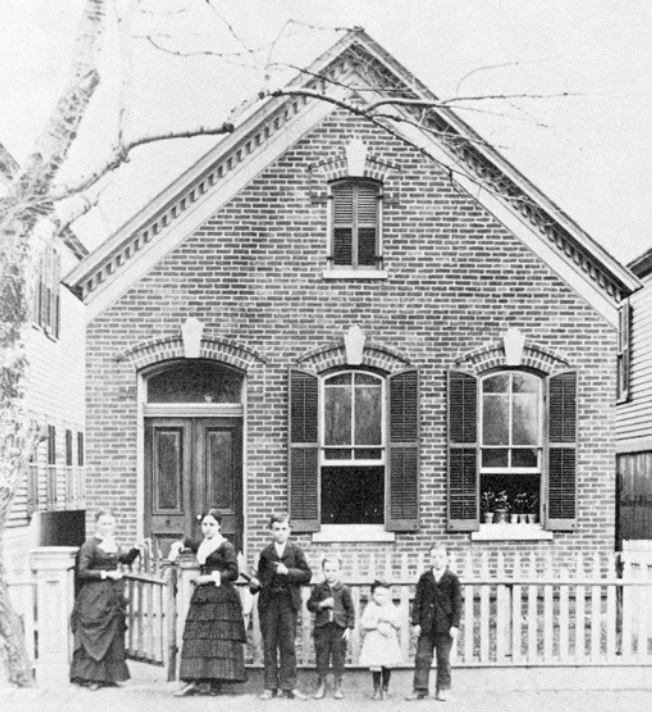
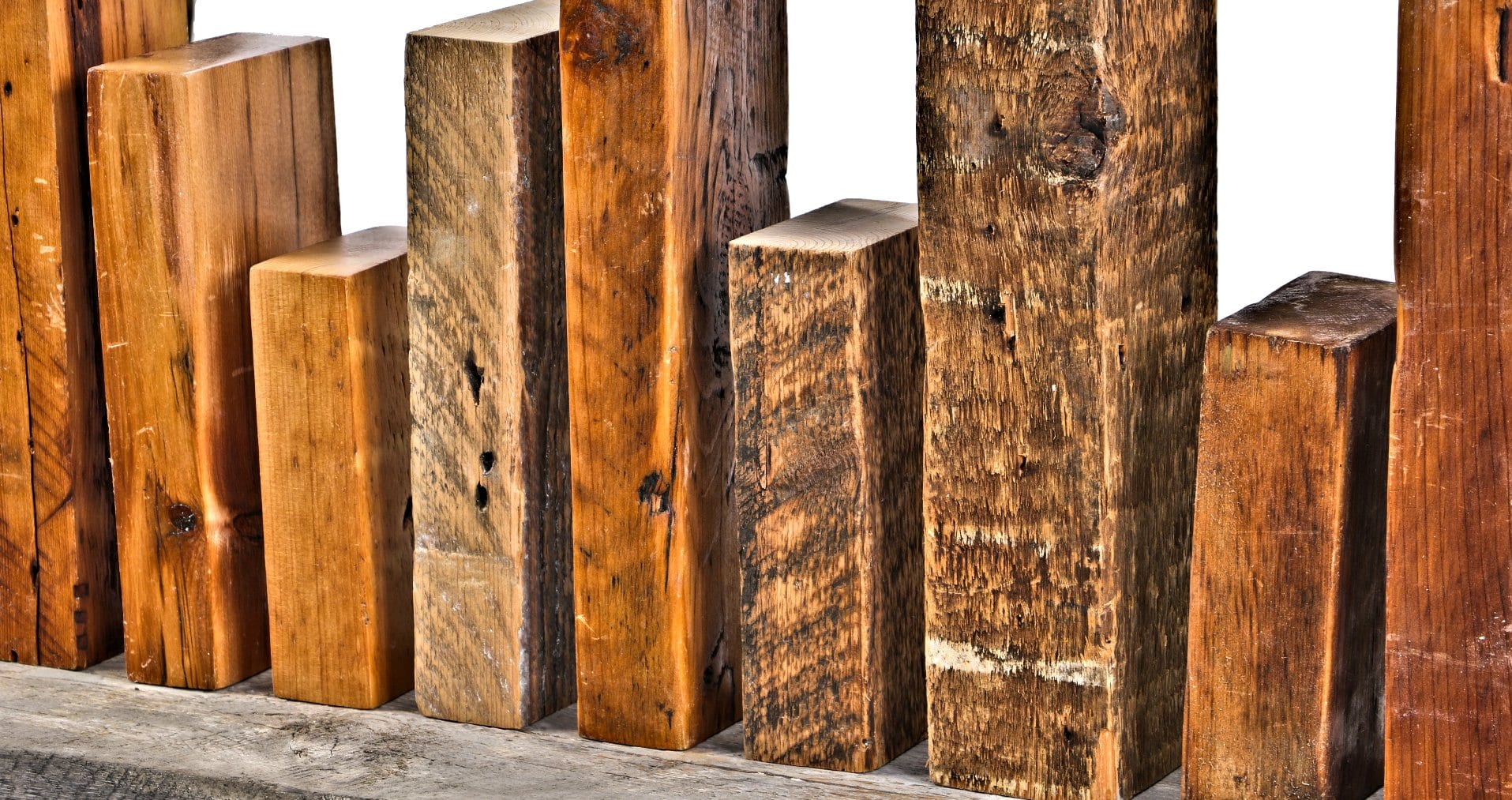
the nails used for applying the lathe were largely consistent throughout, although wire nails first appeared on the denailed studs dating from 1890 onward. interestingly, i found at least 2 studs out of 50+ samples (not all photographed) that were sawn, but contained "live" edges - that is, actual bark or the outermost edge of the tree.
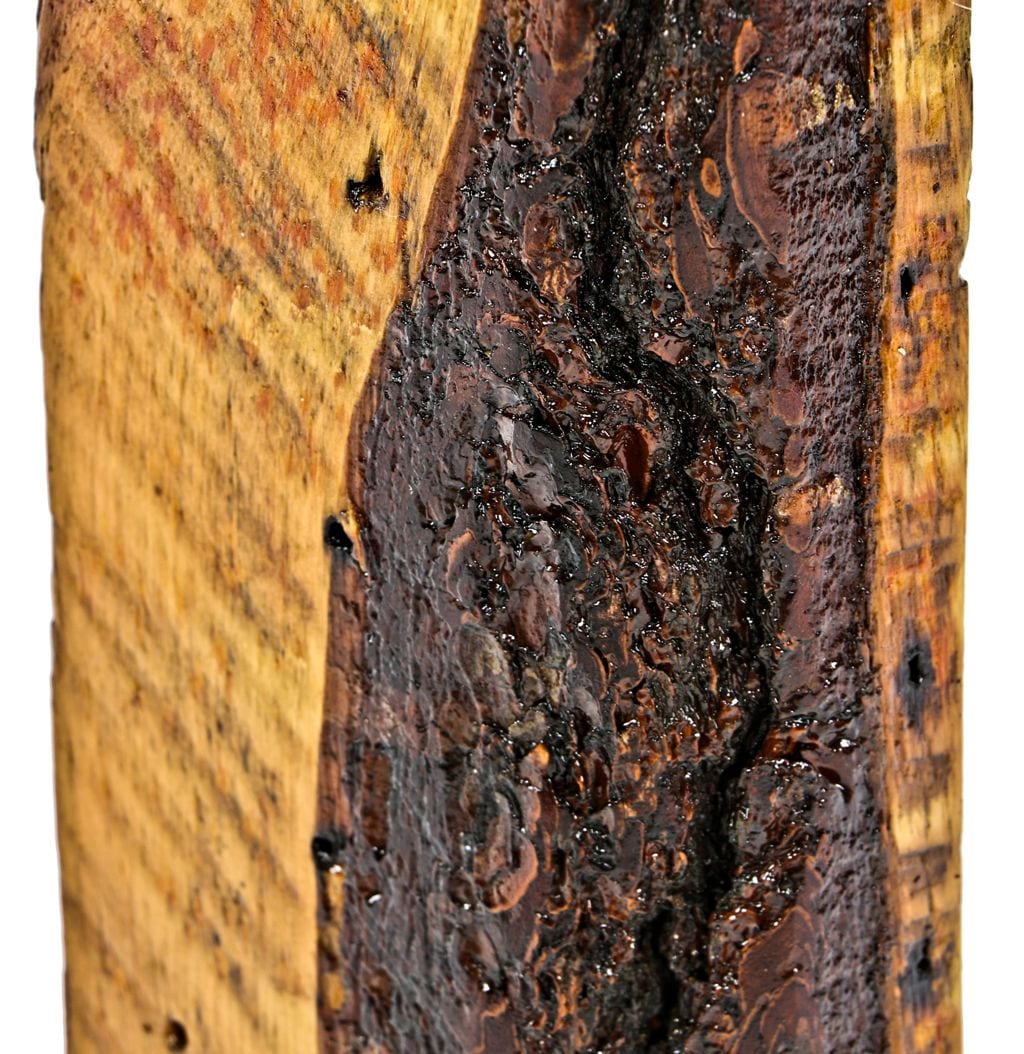
unlike the joists, posts or sill plates, i didn't find a single marking on any of the studs, whether it was a name, symbol, number, or letter incised into the wood-- nothing. i'm sure there are several other characteristics that i could mention, but this is a cursory comparison.

it was interesting to see the studs together as a collection. i remember where every single sample was retrieved from, and they made me reflect on all the houses i've examined and documented thus far. in a way my current preoccupations stemmed from a single house, demolished last summer - the john kent russell house (1855). before this point, however, i recall having an extensive database of extant houses built during the 1850's in my hometown of la crosse, wisconsin. i managed to track down a few old digital documents i created in 1998 pertaining to 1850's la crosse residential architecture. the project was placed on indefinite hold when i entered graduate school.

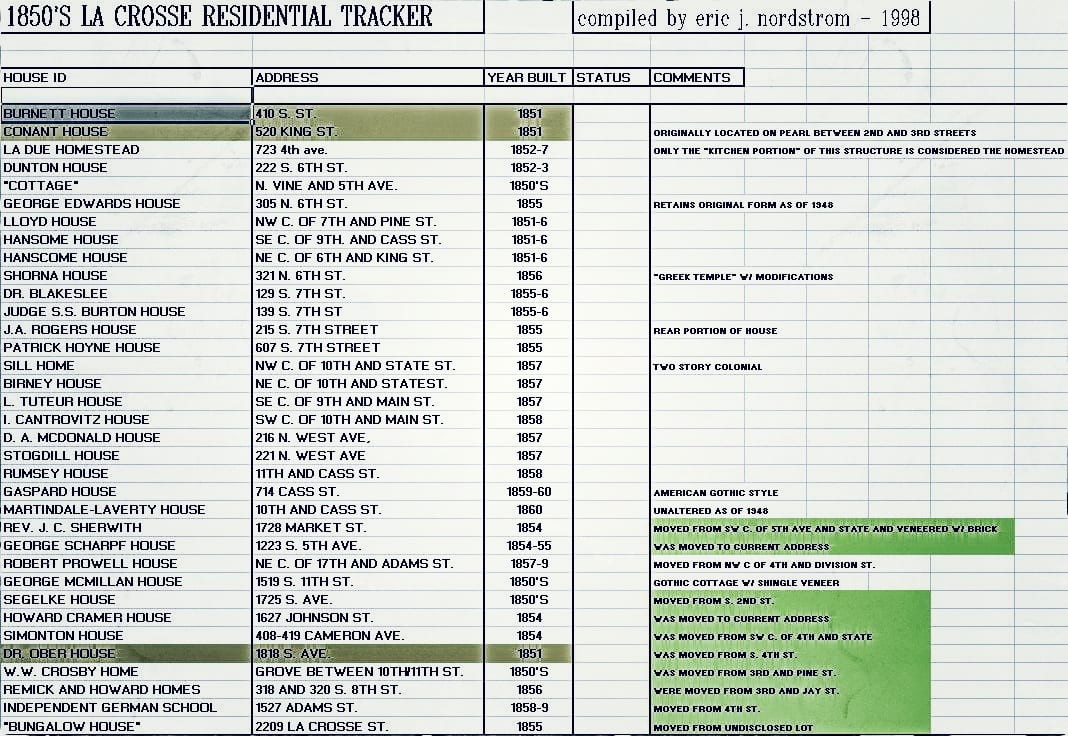
during this time my interests were a divertissement from the laboratory, but the passion was always present and slowly evolving. in fact, during my years in graduate school i recall becoming increasingly if not manically infatuated with how these houses were altered over time - an ode perhaps to the "portals to the past" theme which i often mention in my posts. if only i could have approached those la crosse homes with the depth of knowledge and experience i have now. i would love to be able to compare the building materials and methods used between both cities.
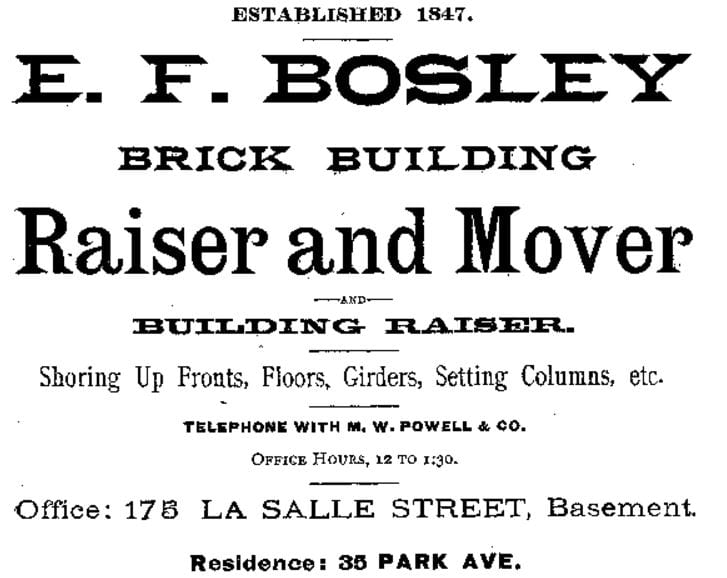
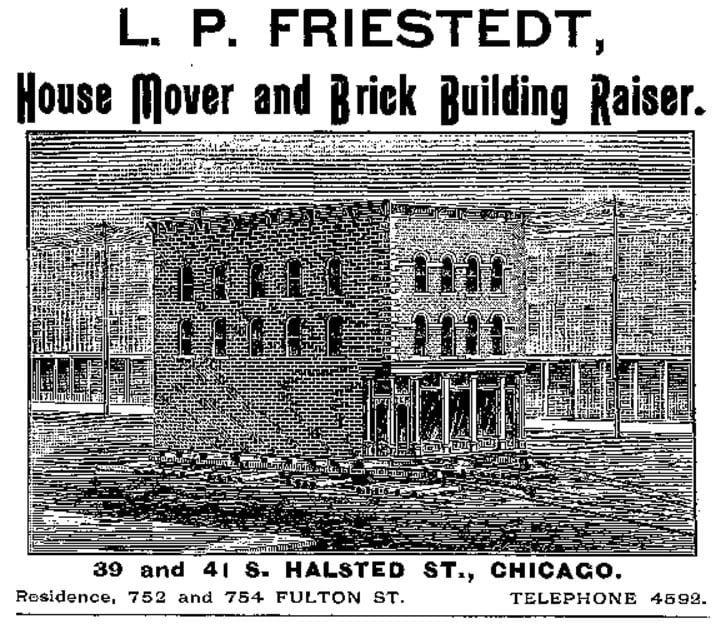
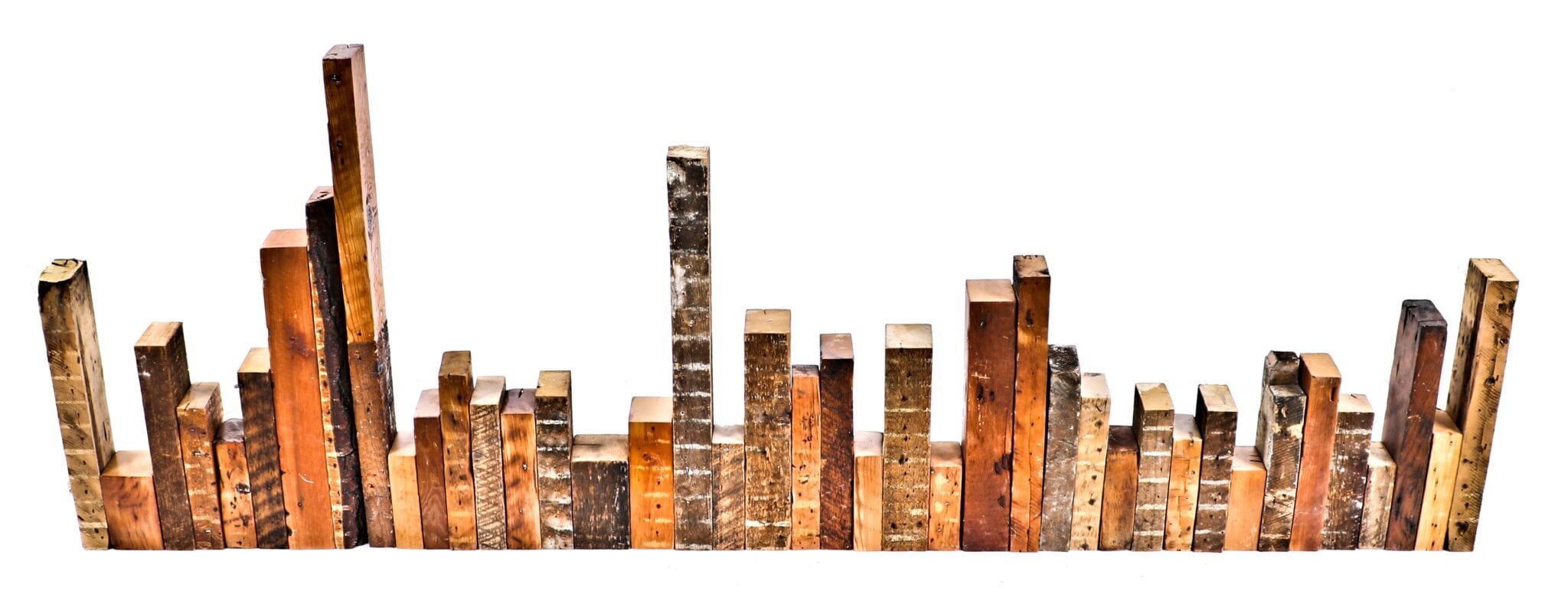
This entry was posted in , Miscellaneous, Salvages, Bldg. 51, New Products, Events & Announcements, New Acquisitions, Featured Posts & Bldg. 51 Feed on May 15 2022 by Eric
WORDLWIDE SHIPPING
If required, please contact an Urban Remains sales associate.
NEW PRODUCTS DAILY
Check back daily as we are constantly adding new products.
PREMIUM SUPPORT
We're here to help answer any question. Contact us anytime!
SALES & PROMOTIONS
Join our newsletter to get the latest information

